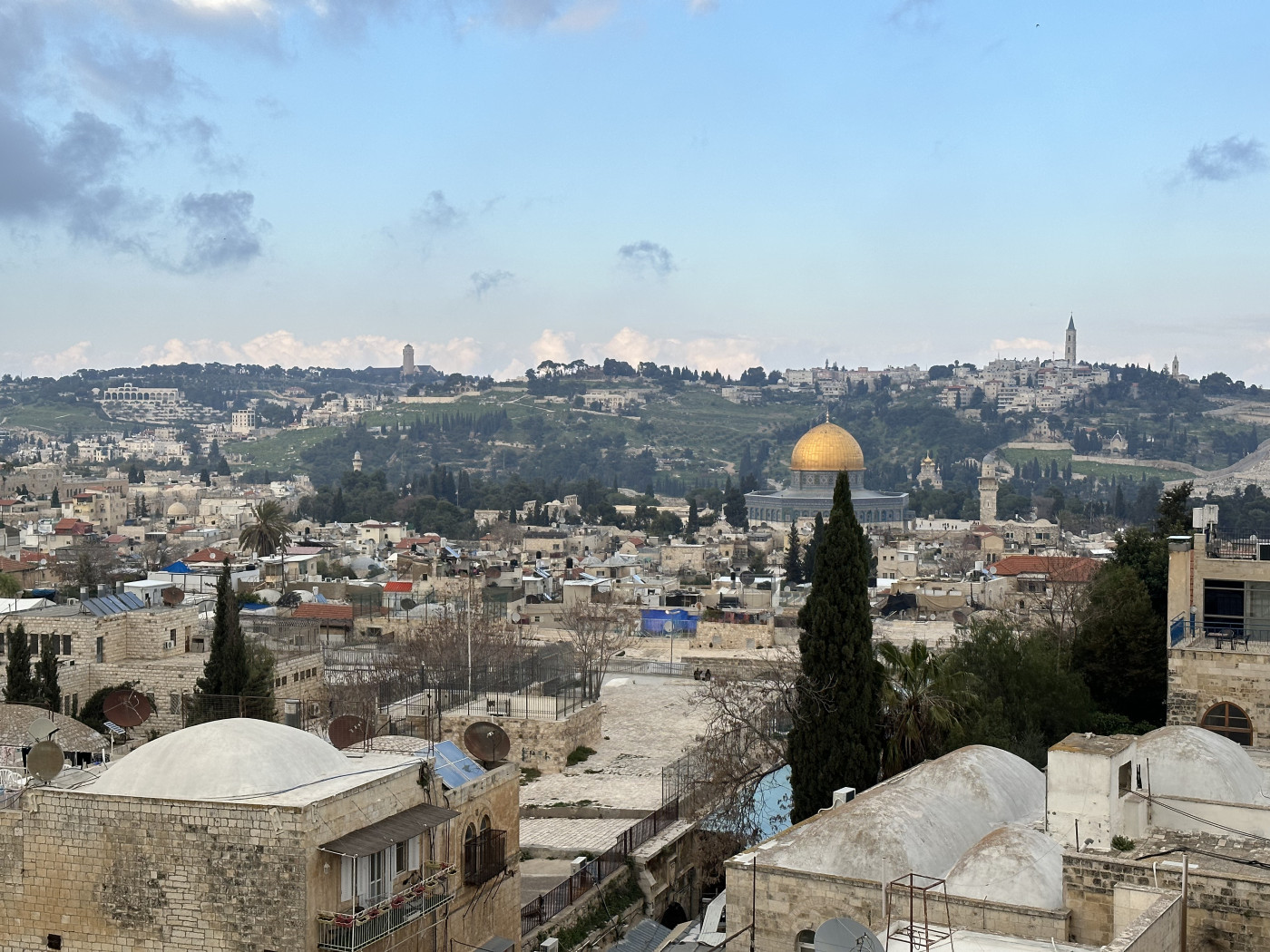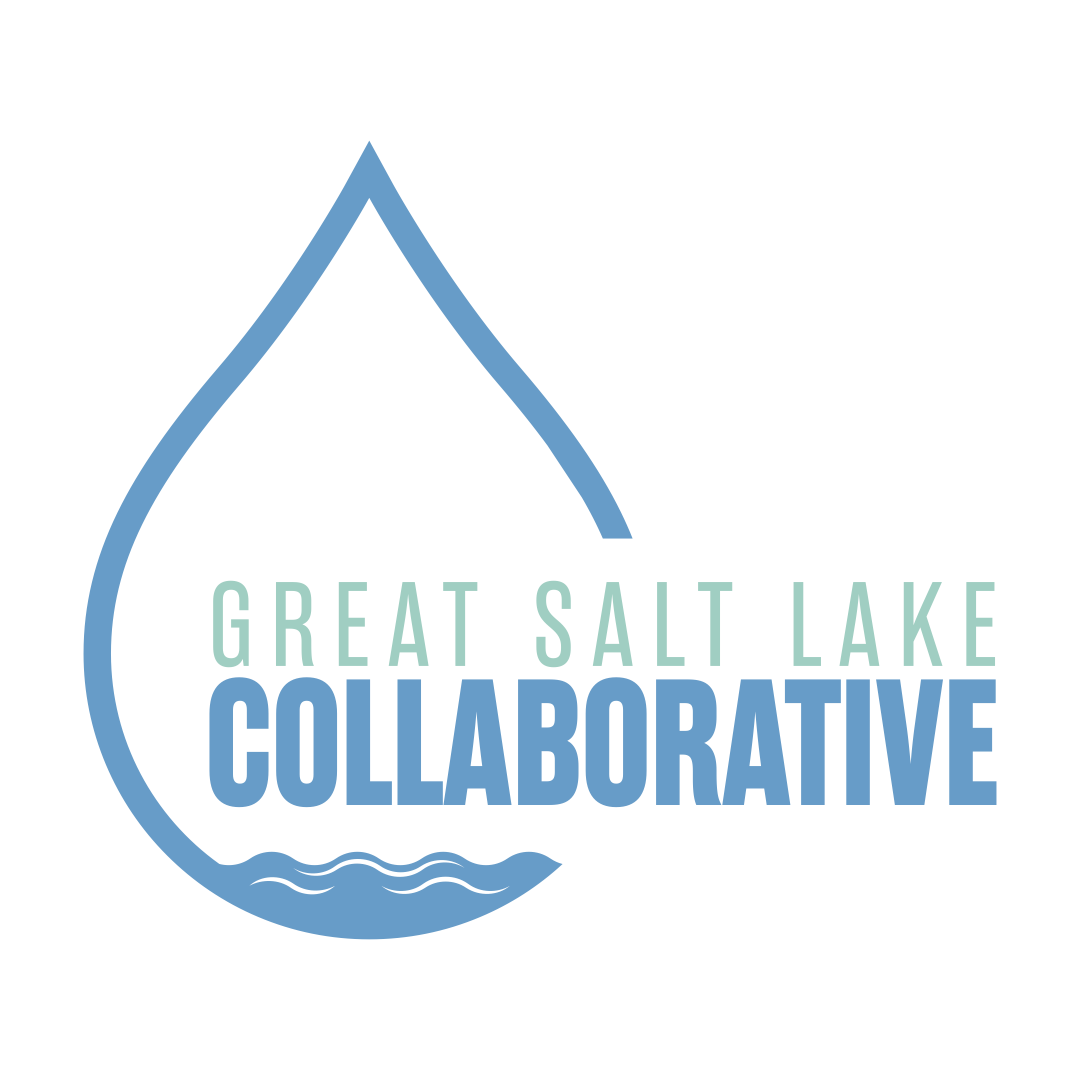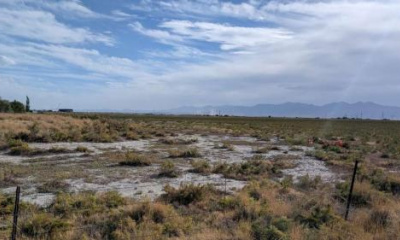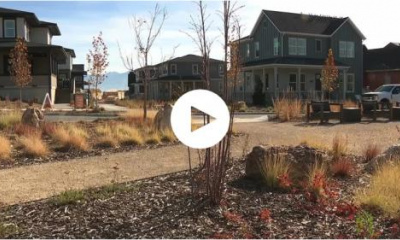One of the driest countries in the world, Israel once struggled to find enough freshwater to sustain its growing population in the midst of record droughts. Its largest body of freshwater, the Sea of Galilee, has suffered record low levels. Its saline lake, the Dead Sea, is dying from diversions upstream.
Sound familiar?
But Israel now has a surplus of water. And Utah policymakers who oversee the state’s dwindling water supplies want to know how the country did it. They want to bring back Israeli techniques and technology to save both the Great Salt Lake and to stretch water from the dwindling and over-tapped Colorado River. They wanted to identify solutions and build relationships to improve Utah’s water infrastructure, agricultural water use and conservation.
According to Nathan Schwebach, deputy director of Utah Department of Natural Resources, the state’s goals were to:
- See what Utah can learn from how Israel manages water to create a water innovation framework and hub here.
- Solidify partnerships to test Israeli innovations and technologies in Utah, especially in agriculture.
- Understand desalination and water reuse infrastructure and practices.
- Explore how to plan for Utah’s growing communities by incorporating water use into land development.
- Understand how to potentially bolster Utah’s water “certainty” by identifying technologies for measuring water and gathering data.
This trip comes a year after the state went to Israel on a business trade mission where the Great Salt Lake was discussed.
Who went?
A team of 15 traveled to Tel Aviv in March. They represent the Utah Department of Natural Resources, Utah Division of Water Resources, Utah Division of Water Rights, the Colorado River Authority of Utah, Utah State University, Washington County Water Conservancy District and Utah Department of Agriculture & Food. The group also included two lawmakers, a representative of Utah Gov. Spencer Cox and a journalist representing the Great Salt Lake Collaborative.
How will this change water use in Utah?
Perhaps radically: “I want Utah to be the leader in the United States in water conservation, in water development, technology and innovation,” Joel Ferry, executive director of the Utah Department of Natural Resources, said after the trip.
Utah may see a bigger emphasis on water conservation; farmers saving water with drip irrigation; higher water rates; and experimentation with desalination and water reuse in southern Utah.
Schwebach says there could be more collaboration between industry, academia, research and development and government; new methods to improve water metering and gathering data; and improvement to infrastructure to reduce water loss.
How and why did a Utah journalist go?
The Great Salt Lake Collaborative — a group of local newsrooms and community partners who work together to cover the struggling Great Salt Lake — asked the state delegation if a reporter could attend. It’s important that Utahns know what solutions have been implemented elsewhere to understand what is possible here. The journalist’s travel costs were paid by the Great Salt Lake Collaborative.
How does water use and water rates compare between Utah and Israel?
Utahns use more water than Israelis do — and are charged less.
It is difficult to know how much water Utahns use and what they are charged, since such information is calculated by different, independent water agencies. But the Utah Division of Water Resources told the Collaborative that an average Wasatch Front household uses more than 13,600 gallons a month for personal indoor and outdoor use and pays an average of $60 a month, plus stormwater and wastewater fees.
Israeli officials told the Utah delegation that the average Israeli household pays about $150 a month. Israel uses a tiered tariff system. Basically, it’s a flat-rate of $2.12 a cubic meter (or 264 gallons) for up to about 1,000 gallons. After that, the price jumps to nearly $4 per cubic meter.
Israeli indoor water use per month was not available, but they are known to use less water than many countries. A Utah State University paper on the Great Salt Lake shows Utahns used 650% more water per person than Israelis in 2013.
Utah’s price for water doesn’t even cover the true cost of water which is subsidized by property taxes (and some nonprofits, like churches and schools, don’t pay any property taxes and therefore pay very little for water).
Is Israel trying to save the Dead Sea?
The Dead Sea, a saline lake that sits on Israel’s border with Jordan, is surrounded by a smaller population (compared to the Great Salt Lake where the majority of Utahns live).
Schwebach says Israel is developing a long-term plan for the sea and is looking at options like importing water from the Red Sea or the Mediterranean. “They are facing similar water challenges of it shrinking at a very fast pace from water shortages and mineral extraction,” he says.
How is alfalfa farmed in Israel?
Like in Utah, Israel’s top water user is agriculture. Farming in Israel uses 56% of the water vs. roughly 70% in Utah.
Around 85% of all Israeli farms use drip or subsurface irrigation, including for alfalfa. Drip irrigation uses as much as 50% less water compared to flood irrigation and pivot sprinkler systems, which are widely used in Utah.
What about Palestine?
The delegation didn’t meet with any members of the Palestinian Authority nor did they travel to the West Bank. The visit was focused solely on Israel and how its government and tech sector is handling water. All members of the delegation were required to follow the itinerary for security reasons. The state worked with the U.S. Embassy in Tel Aviv and the Israel Ministry of Foreign Affairs to plan the trip.









